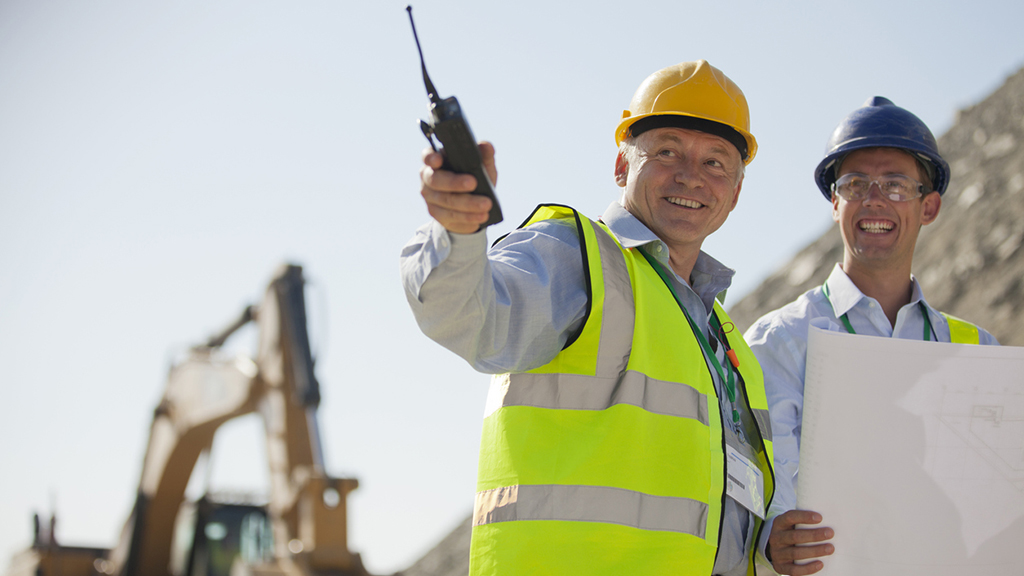10 Strategies for Effective Communication Everyone in Construction Should Know

The construction industry, renowned for its vast projects and intricate designs, is as much about building relationships as it is about erecting structures. At the heart of these relationships lies effective communication.
Just as the foundation supports a building, communication forms the bedrock of successful construction projects. Without it, misunderstandings arise, mistakes are made, and projects get delayed, leading to cost overruns and dissatisfied stakeholders.
Why Communication is So Important in Construction
Construction is a complex and dangerous industry. Miscommunication at a construction site can lead to significant cost overruns and terrible accidents. Therefore, it’s extremely important for construction teams to have effective communication systems in place.
Here are how good communication helps the construction process:
Fewer Errors
Even minor miscommunications in design details, material selection or scheduling can cascade into expensive mistakes. Consistent communication enables everyone to be on the same page, drastically reducing potential errors.
Jobsite Safety
With its heavy machinery and myriad activities, a construction site can be a dangerous place. Regular safety briefings, clear signage and open channels for reporting potential hazards are essential to prevent accidents.
Project Efficiency
A well-informed team can anticipate challenges and adapt to changes quickly. Consistent updates about project milestones, delays or changes mean fewer surprises and a smoother project flow.
Client Satisfaction
Clients expect transparency. Regular updates, clear explanations of challenges that arise, and an open line for their queries build trust and make it possible for the final product to match their vision.
Team Morale
Keeping every team member in the loop fosters a sense of security, belonging and motivation. Communication bridges the gap between different hierarchies and specialties, creating a cohesive team environment.
Managing Expectations
Clear communication helps set realistic expectations for stakeholders, letting everyone know what’s possible within the given constraints of time, budget and resources.
10 Tips for Effective Communication in Construction
Below are 10 key communication strategies tailored for construction teams to make sure that their messages are not only sent but also understood.
1. Establish a Communication Chain of Command
To create accountability and eliminate confusion, it’s important to establish who’s in charge of what and who answers to whom. Setting up a communication chain of command allows that information to get to the right people in a timely manner.

2. Choose the Right Communication Method for the Message
Communication comes in different shapes and forms, such as emails, drawings, photos, phone calls, orders, reports, construction management software, 3D models and more. Choosing the right method of communication can expedite and simplify the exchange of information. Sometimes a quick email is all that’s necessary while other instances may call for a meeting.
3. Hold Regular Meetings
Daily briefings, weekly updates and monthly reports help all teams stay aligned, informed and engaged. Meetings help management and workers to stay on the same page regarding planned and ongoing projects, expectations and courses of action and to clearly understand their roles and responsibilities.
4. Be an Active Listener
Beyond just hearing, active listening involves paying close attention to what someone else is communicating in order to fully understand the underlying concerns or ideas as well as the other person’s point of view. Active listening reduces misunderstandings and builds mutual respect.
5. Always Be Clear and Concise
Make an effort to have your message understood the first time you communicate it. Avoid using jargon or terms that the people you are communicating with might not understand. Your message should be focused and to the point. Keep it short and simple as much as possible.
6. Keep Accurate Written Records
Whether it’s changes to design, updates to scheduling or client feedback, having accurate written records provides clarity and helps avoid mistakes and disputes. Remember to always be professional.
7. Stick to the Facts
Communication that’s either excessive, confusing, opinionated, unverified or inaccurate not only is useless but can cause a lot of damage to a construction project. Focus on providing and obtaining facts. Don’t over-elaborate or include extraneous information in your communications. Share professional opinions that contribute to the success of a project, and–unless asked–keep your personal opinions or feelings to yourself.
8. Make Important Information Accessible
Research shows that construction workers spend 35% of their time on non-efficient activities, including an average of 5.5 hours a week looking up product data and information and 3.9 hours dealing with mistakes and rework.
To do their jobs safely and effectively, construction workers and other team members need to be up to date on a variety of information, including safety and health regulations, project updates, process and equipment manuals and instructions, contact information, company policies, and other documents. Therefore, it’s important to have a centralized place and system for this information.
9. Leverage Technology
From project management software to messaging apps, technology can significantly enhance real-time communication. Digital platforms such as building information modeling (BIM) assist in numerous processes, such as scheduling, cost estimation, collaboration, preconstruction project visualization and risk assessment.
10. Establish Feedback Mechanisms
Creating an environment where team members can provide feedback or voice concerns promotes proactive problem-solving and continuous improvement.
Effective communication in construction is the invisible tool that binds the visible elements of a project together. It’s the difference between a project that flows smoothly to completion and one riddled with setbacks.
By understanding its importance and implementing strategies to enhance it, construction professionals not only promote the success of their projects but also forge stronger relationships with clients and team members.
